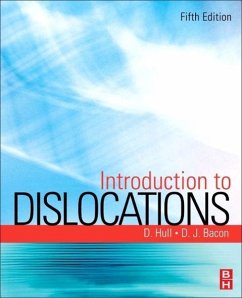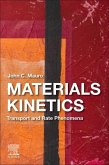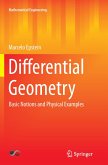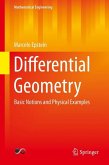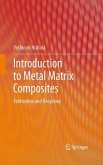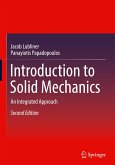In materials science, dislocations are irregularities within the crystal structure or atomic scale of engineering materials, such as metals, semi-conductors, polymers, and composites. Discussing this specific aspect of materials science and engineering, Introduction to Dislocations is a key resource for students. The book provides students and practitioners with the fundamental principles required to understand dislocations. Comprised of 10 chapters, the text includes advanced computer modeling and very high-resolution electron microscopy to help readers better understand the structure of atoms close to the core of dislocations. It shows that atomic arrangement has a significant effect on the formation of dislocations and thereby on the properties of solids. The first two chapters of the book present an overview of dislocations. The crystal structures and the various defects and dislocations are discussed, and methods of observation and diagnosis of dislocations are covered. Chapters 3 to 5 discuss the behavior of dislocations and explain how changes in the structure and arrangement of atoms can affect the behavior of dislocations. The three chapters also discuss the mechanical properties of dislocations. The remaining chapters offer a detailed discussion of the mechanisms of dislocations and the mechanical strength of crystalline solids. The book is written for undergraduate- and graduate-level students in both materials science and mechanical engineering. Non-experts and novices working on mechanical properties, mechanisms of deformation and fracture, and properties of materials, as well as industrial and academic researchers, will find this book invaluable.
Long-established academic reference by an expert author team, highly regarded for their contributions to the field. Uses minimal mathematics to present theory and applications in a detailed yet easy-to-read manner, making this an understandableintroduction to a complex topic. Unlike the main competition, this new edition includes recent developments in the subject and up-to-date references to further reading and research sources.
Hinweis: Dieser Artikel kann nur an eine deutsche Lieferadresse ausgeliefert werden.
Long-established academic reference by an expert author team, highly regarded for their contributions to the field. Uses minimal mathematics to present theory and applications in a detailed yet easy-to-read manner, making this an understandableintroduction to a complex topic. Unlike the main competition, this new edition includes recent developments in the subject and up-to-date references to further reading and research sources.
Hinweis: Dieser Artikel kann nur an eine deutsche Lieferadresse ausgeliefert werden.
"The authors have taken an already exemplary textbook and ensured that it is both up-to-date and manageable. The carefully chosen bibliography sections at the end of every chapter are invaluable. There is no alternative book on dislocation theory that covers the ground of this volume and there does not need to be." --Materials World Magazine, October 2012
"This book fits a very much needed slot as it is written at a level that is much easier to understand than the classic old texts on dislocations...and is, for that reason, ideal for both undergraduates and beginning or interdisciplinary graduate students." --Kevin J. Hemker, Professor and Chair of Mechanical Engineering, Johns Hopkins University
"One of the most striking advantages of the book is the concise and lucid text...There are many books dealing with dislocations but only one up-to-date introduction. It is warmly recommended to teachers and students in solid state sciences" --Crystallization Technology
"As we grow older, we tend to grow fatter but wiser. This is certainly the case of the 4th edition of 'Introduction to Dislocations'...the book is excellent value and there is no excuse why every student of metallurgy should not be familiar with its contents, and every researcher have it readily to hand." --Steel Times
"This book fits a very much needed slot as it is written at a level that is much easier to understand than the classic old texts on dislocations...and is, for that reason, ideal for both undergraduates and beginning or interdisciplinary graduate students." --Kevin J. Hemker, Professor and Chair of Mechanical Engineering, Johns Hopkins University
"One of the most striking advantages of the book is the concise and lucid text...There are many books dealing with dislocations but only one up-to-date introduction. It is warmly recommended to teachers and students in solid state sciences" --Crystallization Technology
"As we grow older, we tend to grow fatter but wiser. This is certainly the case of the 4th edition of 'Introduction to Dislocations'...the book is excellent value and there is no excuse why every student of metallurgy should not be familiar with its contents, and every researcher have it readily to hand." --Steel Times

